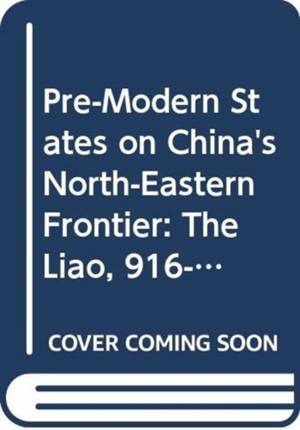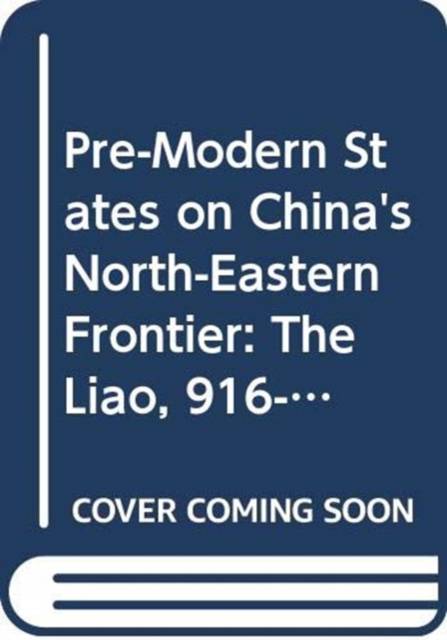
- Afhalen na 1 uur in een winkel met voorraad
- Gratis thuislevering in België vanaf € 30
- Ruim aanbod met 7 miljoen producten
- Afhalen na 1 uur in een winkel met voorraad
- Gratis thuislevering in België vanaf € 30
- Ruim aanbod met 7 miljoen producten
Pre-Modern States on China's North-Eastern Frontier
The Liao, 916-1125, and the Koryo, 918-1392
Remco BreukerOmschrijving
This book examines the pre-modern states on China's north-eastern frontier during the 10th, 11th and 12th centuries, a crucial formative period in which the shape of the modern Chinese and northeast Eurasian states from Mongolia to Korea was formed. In particular, it focuses on the Liao and Koryo, showing how they were as important as their better understood Han Chinese counterpart to the south -the Northern Song dynasty - in shaping the history of the region. Liao is best known as the initiator of the lineage of northern states which dominated the political history of China for an entire millenium from 900 to 1900. It formulated a model of multi-ethnic empire whose conceptions and systems of socio-political organization were highly influential for a number of polities including the Mongol empire, Manchukuo and the People's Republic of China. This book argues that the conventional portrait of the Liao as a purely destructive 'conquering dynasty' is incomplete, and that its military might was complemented by a strong cultural, intellectual, religious and commercial influence throughout the Korean peninsula and in Central Asia and Eurasia. It describes how the Liao state rose to prominence, not only through military conquest, but also through trade, exchange and export of physical and intellectual goods, not least in the important constructive role it played in the emergence and consolidation of Koryo as the third state of northeast Asia. It looks in detail at the role played by both Liao and Koryo in Northeast and East Asia, demonstrating clearly how they functioned in the international arena and the important part they played in the cycles of consolidation that shaped the course of Asian history.
Specificaties
Betrokkenen
- Auteur(s):
- Uitgeverij:
Inhoud
- Aantal bladzijden:
- 240
- Taal:
- Engels
- Reeks:
Eigenschappen
- Productcode (EAN):
- 9780415776202
- Verschijningsdatum:
- 1/01/2021
- Uitvoering:
- Hardcover
- Formaat:
- Genaaid
- Afmetingen:
- 159 mm x 235 mm

Alleen bij Standaard Boekhandel
Beoordelingen
We publiceren alleen reviews die voldoen aan de voorwaarden voor reviews. Bekijk onze voorwaarden voor reviews.











